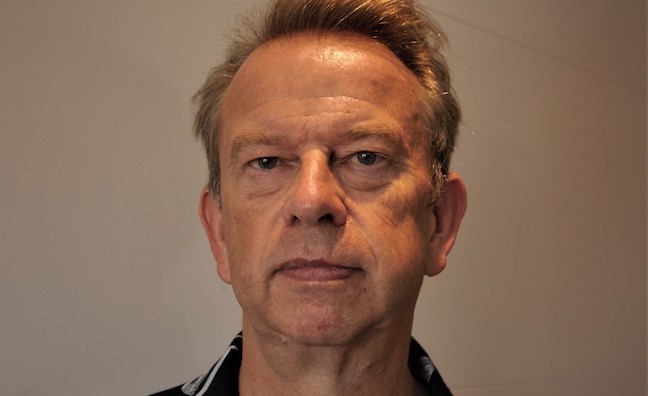Music Venue Trust CEO Mark Davyd’s monthly deep dive into live music’s biggest issues…
In my previous column, I wrote about the increasing focus on large-scale events within the undoubtedly positive overall financial picture for live music. I also highlighted that nearly all of the arena and stadium-filling artists that are at the forefront of this astonishing year emerged from a grassroots music venue sector which is currently having its worst year since 2014.
The juxtaposition has never been starker. A key consideration in the sustainability of this economic model is whether the appetite for live music is an infinite resource.
The total capacity of all of London’s grassroots music venues, if they are all open on a single night, is 51,000 people. They open an average of 4.5 times a week, which means they’re searching for an audience in the region of 200,000 live music fans each week.
The average entrance fee is £10.80, which means that London’s grassroots sector is looking to tap into around £2 million in live music expenditure decisions every week.
According to Music Venue Trust research, the sector has been operating at 41% capacity across its programme, so generating 80,000 ticket sales means a demand of approximately £800,000 per week on the audiences.
At that rate of capacity, the sector is losing substantial amounts of money on its live music offer, which it also balances with its Food & Beverage offering. The consumers of 80,000 tickets will spend around £1.2m per week on F&B, which is about £5m a month.
In total, across one week in London, the grassroots venue sector is looking for 200,000 fans to make a total potential demand on their pockets – if every show sold out – in the region of £3.5m. That’s about £14m a month, which means it’s all about getting the attention of 80,000 fans and generating circa £2m economic demand per week.
The capacity of Wembley Stadium is 90,000. In one week in July it hosted shows by Mötley Crüe and Def Leppard, followed by Blur. The average ticket price was £78.
This is a huge challenge to the future of the industry
Mark Davyd
In that same week, London hosted BST Hyde Park. There were three shows at Crystal Palace, there was Greenwich Summer Sounds, plus performances from Maroon 5, Hollywood Vampires, Kiss and Iron Maiden at The O2, The Weeknd with two nights at London Stadium, and The 1975 at Finsbury Park. That was 1.2m on sale tickets for an average price of £84, creating a demand of £100m on the audiences.
Furthermore, that was 22 shows of 20,000 capacity (or more) all in one week, in one city, asking fans to part with not only £100m in entry fees, but also around £200m in F&B.
In 2022, the entire grassroots music venue sector, not just in London but in every corner of the nation, had tickets on sale to a maximum value of £324m, and achieved actual sales of £133.6m gross value, including charges.
In comparison, in that one week in London, the industry provided opportunities for those audiences to spend an equivalent amount of money seeing one event each. This was clearly an opportunity they were eager to take, as the vast majority of the shows in that week operated at full or near to full capacity.
The success at the very top of the business is an incredibly important part of the live music ecosystem, and we desperately need artists creating career opportunities for everyone in the industry. However, no one seems to have looked at some fundamental elements of the system that should be considered integral to its sustainability in the long-term.
We need in-depth research conducted on audience attitudes towards their live music purchasing. If Blur need 160,000 people at Wembley Stadium, what impact does that have on the rest of the live music ecosystem?
If large-scale London shows need 1.2m people in one week in July, what is the impact on the rest of the ecosystem across that entire year?
A short-term approach that only looks at the immediately available profit from any single artist or event is damaging the rest of the live music ecosystem, and it’s starting to damage the large-scale events themselves. The proliferation of these kinds of events is also having a negative impact on smaller festivals, which are starting to feel the squeeze on the public’s pockets in equal measure to the grassroots sector. This is a huge challenge to the future of the industry.
Furthermore, the average age of the headline acts playing in that one week in July was 57. Ultimately, we must find a much better and more sustainable financial plan of how to function as a live music industry, especially one which isn’t simply taking all the available live music spend there is to support older artists.









